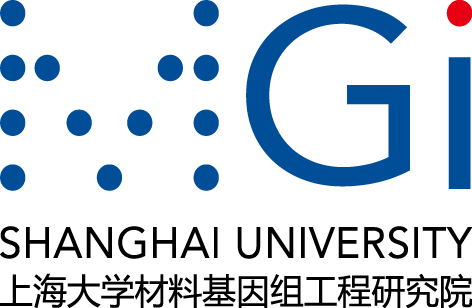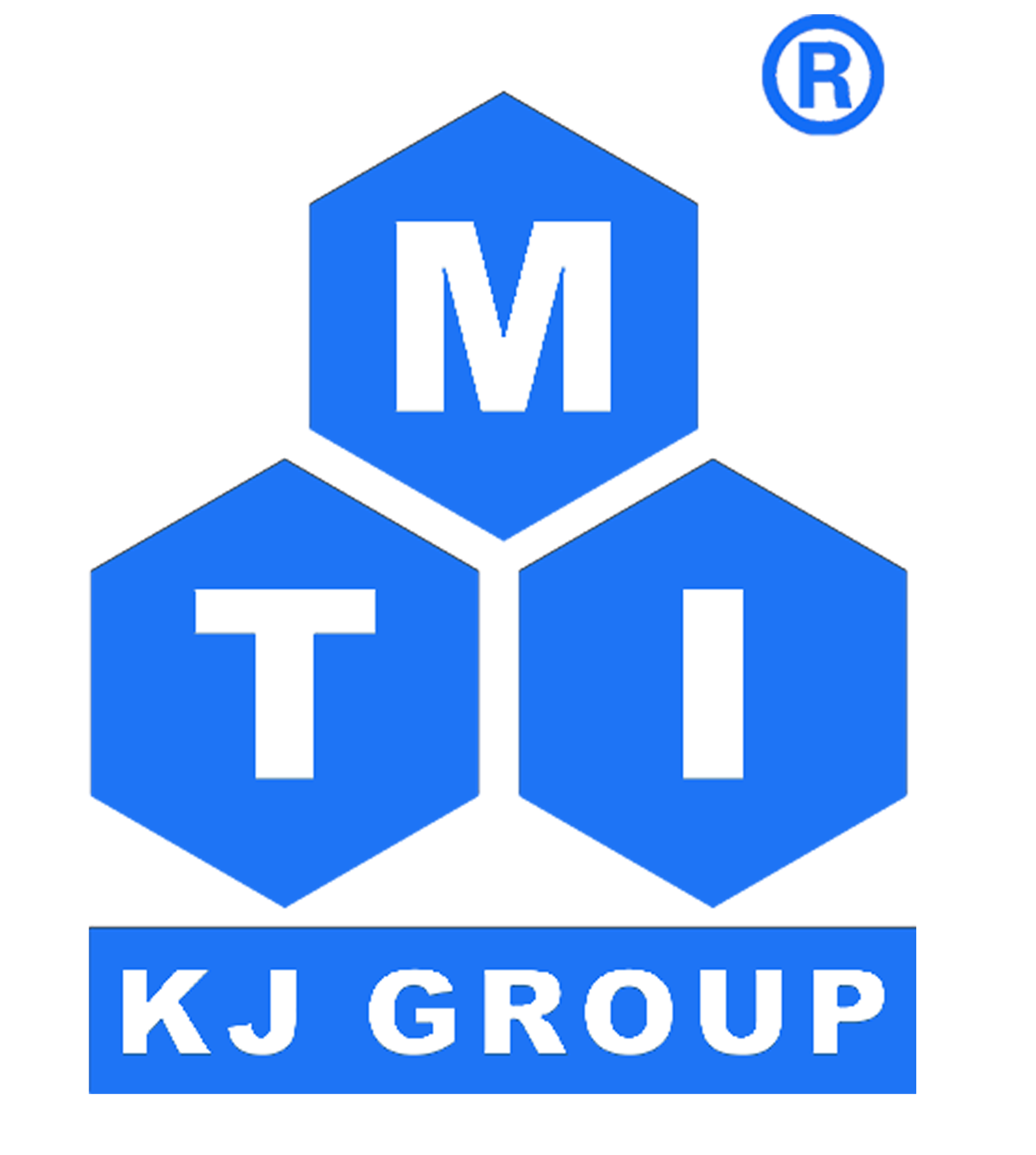Bastien F. Grosso1,2*, Subhadeep Bandyopadhyay3, Nicola A. Spaldin2, Philippe Ghosez3
1School of Chemistry, University of Birmingham, Birmingham, United Kingdom
2Department of Materials, ETH Zurich, Zurich, Switzerland
3Theoretical Materials Physics, University of Liege, Liege, Belgium
*Corresponding Author: b.f.grosso@bham.ac.uk
The rise of AI-driven interatomic potentials fitted on electronic structure calculations has significantly reduced the compromise between accuracy and scalability and thus opened new avenues for exploring and designing advanced materials. While the development of advanced packages facilitates the creation of such potentials, creating the training set remains challenging, although crucial to the quality of the potential. In this work, we present a systematic, although simple, way of generating a complete training set of first-principles density functional theory data and use deep learning, as implemented in DeePMD1,2, to construct a universal potential.
To illustrate our approach, we chose the prototypical magneto-electric multiferroic material, BiFeO3. This material is ferroelectric in its R3c ground state and becomes paraelectric with a perfectly cubic Pm3m structure (5-atom cell) at very high temperatures. Nevertheless, the transition between these structures is debated, and no previous first-principles models could accurately match experimental observations.
The training set is constructed by condensing the unstable phonons calculated in the high-symmetry cubic structure (Pm3m) and fully relaxing the obtained structures to reveal local minima on the Born-Oppenheimer energy surface. The energy surface is then systematically spanned by linearly interpolating between the different minima.
All calculations included in the training set were limited to 2x2x2 supercells (40-atom cells) under no strain and at 0 K. Nevertheless, our model can accurately capture the energy and forces for a wide range of structures with sizes going beyond the 40-atom supercells, account for phase transitions under large epitaxial strain and accurately reproduce the phase transitions for the whole temperature range experimentally accessible. Interestingly, we identify a sequence of phase transitions involving three intermediate phases at high temperatures, consistent with recent phenomenological models3.
Our work illustrates the importance of the training set. It provides a powerful methodology for creating a universal potential with strong generalization capabilities, as evidenced by its robustness under strain, temperatures and system size, at a minimum cost.
Keywords: deep learning, interatomic potential, complex oxides, molecular dynamics
References
1. H. Wang et al., Computer Physics Communications 228, 178 (2018)
2. J. Zeng et al., The Journal of Chemical Physics 159, 054801 (2023)
3. D.V. Karpinsky et al., npj Computational Materials 3, 20 (2017)
Dr. Runhai Ouyang (DCTMD2024@163.com)












